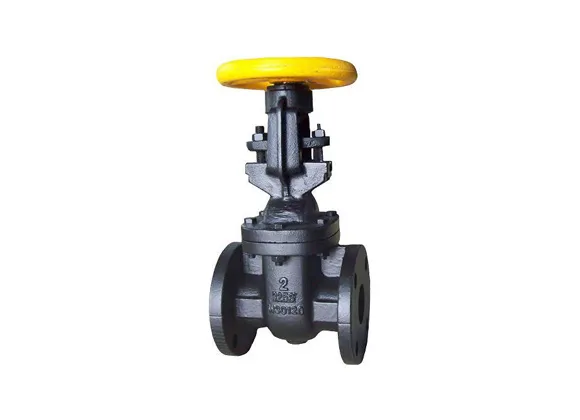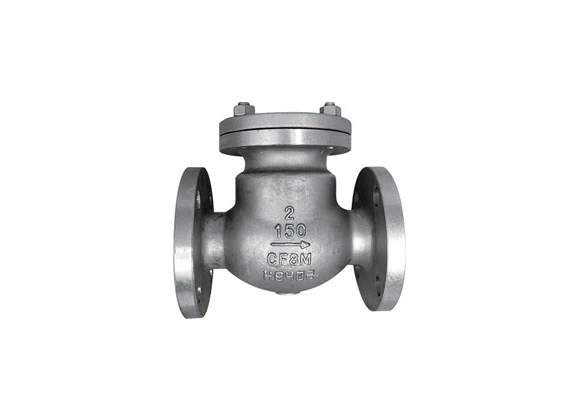Feb . 20, 2025 01:34
Selecting the right foot valve sprinkler pump can significantly impact the efficiency and success of any irrigation system. With a plethora of options available, understanding the nuances that differentiate leading products in this category is essential for optimizing water distribution effectively. This article delves into the critical aspects of foot valve sprinkler pumps, offering insights and guidance rooted in both practical experience and technical expertise.

The fundamental function of a foot valve in a sprinkler pump system is to maintain the pump's prime, preventing the water column in the line from flowing back into the water source when the pump shuts off. This not only enhances efficiency but also extends the life of the pump by reducing the need for priming before each operation. Made typically from materials like brass, PVC, or stainless steel, foot valves are equipped with mesh screens to block contaminants, ensuring the water reaching the pump is free from debris and sediment.
In terms of performance and durability, brass and stainless steel valves often emerge as superior choices. Their resilience against corrosion and wear makes them ideal for more demanding environments, where water quality might present challenges. Conversely, for less demanding applications where cost is a significant consideration, PVC valves offer a budget-friendly alternative without greatly compromising on functionality.

Real-world experience illustrates that regular maintenance significantly enhances the longevity and reliability of foot valve sprinkler pumps. Frequent inspection for clogs or wear, particularly of the mesh screen, is crucial. Removing any debris promptly helps maintain unobstructed water flow and prevents possible damage to both the valve and the pump. Moreover, ensuring the correct installation depth and position of the foot valve can prevent operational issues. An improperly placed valve can lead to air locks,
causing erratic pump performance.
foot valve sprinkler pump
Professional expertise shines in understanding the specific pump and valve specifications required for varying water bodies and terrain. For effective irrigation in hilly terrains or with fluctuating water levels, a professional can determine the ideal foot valve design and installation strategy to maintain consistent water pressure and flow. Collaborating with knowledgeable vendors ensures access to products precisely suited to individual requirements, enhancing the overall system's efficiency.
The authoritative selection of foot valve sprinkler pumps also hinges on staying informed about technological advancements in valve designs. Modern foot valves incorporate features aimed at reducing water hammer effects, which can cause significant wear over time. Investing in these advanced systems not only safeguards the pump infrastructure but also optimizes energy efficiency by preventing the unnecessary cycling of the pump motor.
The importance of trustworthiness in product choice cannot be overstated. Researching and opting for brands with documented reliability and customer endorsements provides added assurance of quality. Third-party certifications and compliance with industry standards act as further indicators of a product's credibility, reinforcing trust in its advertised capabilities.
Ultimately, the choice of a foot valve sprinkler pump echoes beyond a single component selection—it represents a strategic investment in the sustainability and efficacy of an irrigation system. Leveraging comprehensive knowledge, firsthand experience, and documented expertise ensures a choice that aligns with both current needs and future growth, maximizing return on investment through enhanced performance and durability. The conscientious decision blends practical insights with technical detail, delivering a well-optimized irrigation resource that serves as a cornerstone for thriving agricultural and landscaping applications.


 Call us on:
+86-311-86935302
+86-311-86935302
Call us on:
+86-311-86935302
+86-311-86935302
 Email Us:
info@thriveonvalve.com
Email Us:
info@thriveonvalve.com South of Huanmadian Village Town, Ningjin County, Xingtai, Hebei Province, China
South of Huanmadian Village Town, Ningjin County, Xingtai, Hebei Province, China